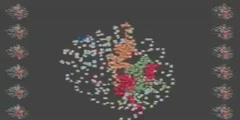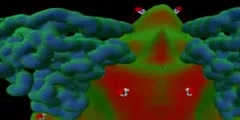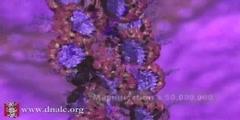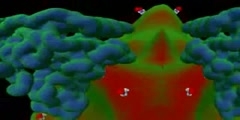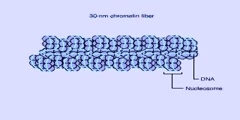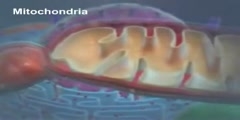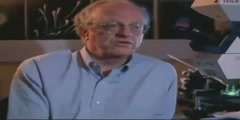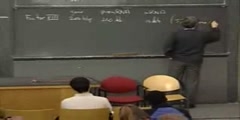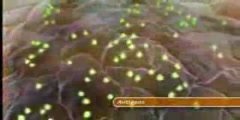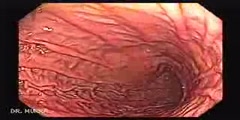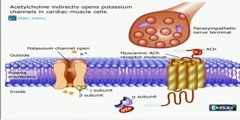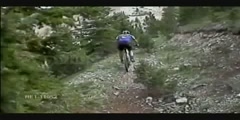Nucleosome video: Histone Octamer and Wrapping DNA
Nucleosome video: Histone Octamer and Wrapping DNA. Formation of Nucleosomes: The genetic material in eukaryotic cells is organized into complex structures consisting of DNA and proteins that are localized within the nucleus. These complex structures are called chromatin. Almost two meters of DNA must be assembled into a small nucleus inside each cell. Despite this enormous degree of compaction, DNA must be easily accessible to permit its interaction with protein machineries that regulate the different functions of chromatin: DNA replication, repair, and recombination. Thus, the dynamic organization of chromatin structure potentially influences all functions of the genome. The fundamental unit of chromatin, termed the nucleosome, is composed of DNA and histone proteins. This structure provides the first level of compaction of DNA into the nucleus. The first step of nucleosome formation is the deposition onto the DNA of a tetramer of newly synthesized histones (H3-H4) to form a sub-nucleosomal particle. This is followed by the addition of two H2A-H2B histones. This results in a nucleosomal core particle consisting of 146 base pairs of DNA wound around a histone octamer. This core particle and the linker DNA together form the nucleosome. Newly synthesized histones are specifically modified, with the most conserved modification being acetylation of histone H4 on Lysine 5 and Lysine 12. The next step in the process is the maturation step that requires ATP to establish regular spacing of the nucleosome cores to form the nucleofilament. Nucleosomes are regularly spaced along the nucleofilament which can adopt higher levels of compaction, ultimately resulting in the condensed metaphase chromosome. Chromatin is divided into two distinct domains, heterochromatin and euchromatin. Heterochromatin is defined as a structure that does not alter in its condensation throughout the cell cycle, whereas euchromatin is decondensed during interphase. Constitutive heterochromatin contains few genes and is principally made up of repetitive sequences located in large regions coincident with centromeres and telomeres. Learn more: http://www.sigmaaldrich.com/life-science/cell-biology/learning-center/pathway-slides-and/formation-of-nucleosomes.html
Channels: Molecular Biology Structural Biology
Tags: Nucleosome
Uploaded by: dnasign ( Send Message ) on 24-11-2010.
Duration: 1m 39s
